One is a varietal and one is a Cabernet Sauvignon dominant blend.
“The French might disagree with you,” one of my colleagues points out.
“So, we disagree with them as well,” he says with a broad smile.
Stellenbosch certainly seems the best place in South Africa to grow Cabernet Sauvignon.
Spier aims to do it in an increasingly sustainable manner and is aiming to be carbon neutral by 2030.
Seaward Cabernet Sauvignon 2020
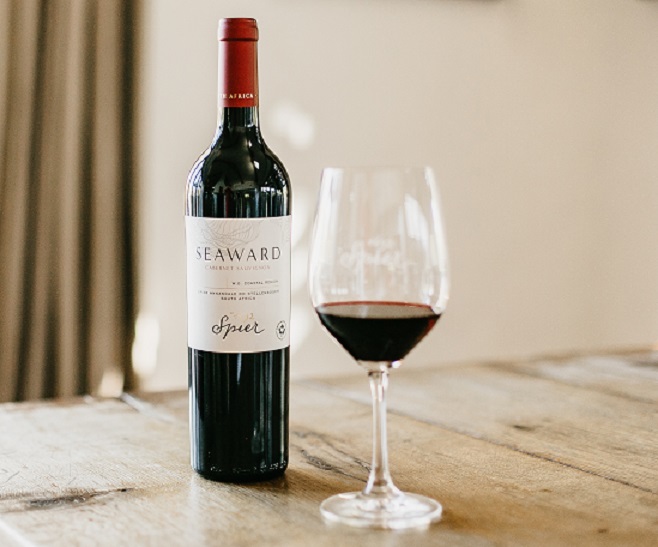
To set the scene, the first Cabernet served at our tasting in a restaurant in London is a multi-regional blend featuring grapes from low-yielding vineyards in Groenekloof (Darling), Cape Town and Stellenbosch. The common denominator is the vineyards are all 6-20km from the ocean.
This medium- to full-bodied wine is priced at £15.95 and plays in the same field as a generic Bordeaux, according to Frans. It has vibrant aromas of red and black berries with notes of cedar spice. Crucially, it delivers a complex mid-palate and balanced freshness. The middle palate is important to Frans, who after 25 years as cellarmaster became Spier’s managing director in 2021. Mid-palate weight, he believes, is one of the most important features of a premium quality wine.
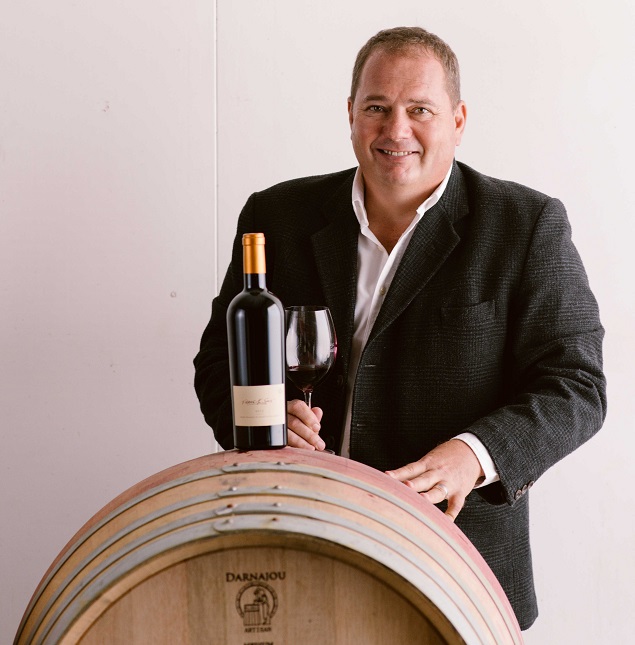
The grapes are hand-harvested. “We pick less ripe nowadays than when I started,” Frans (above) says. “As young winemakers you make wines that need to be bold and powerful, but we also turn down as we get a bit older. But I think the wine needs freshness, it needs really good balance and energy to last.”
The grapes are destemmed and individually sorted, using an optical sorter installed in 2014. “The way we do sorting we can actually pick fairly ripe because we can remove all the raisins, all stems, all green berries. What ends up in the tank is perfectly ripe fruit,” Frans explains.
The must is inoculated for fermentation in stainless-steel tanks at 26-28˚C. “I like to do co-inoculation with malo and fermentation nowadays, so most of the malo will be done when the alcohol fermentation finishes, but we control the temperature at 20˚C post-fermentation. Before we go to barrel, we will also spike it with pure oxygen to set the wine.”
Extraction is through pumpovers. “We replace the volume in the tank twice a day” – with a 6,000L tank they will pump 12,000L over in three or four goes with short intervals between.
After 15 days, the free-run is racked to barrels to continue malolactic conversion in a combination of 80% French and 20% American oak barrels (mainly second fill, some third fill).
The wine is matured in the same vessels – on fine lees with no further racking – for 14 months. Frans describes the fine lees as “the food of the wine while it matures”.
Barrels are selected and blended for “the most harmonious expression of the cool coastal region”, according to the company.
“The focus is still to have a lot of fruit in the wine. But you can also taste a lot of creaminess,” Frans says, as we sip the wine at The Petersham restaurant in Covent Garden, three years after the grapes were harvested.
Alc: 14.1%
TA: 5.6g/L
RS: 2.6g/L
pH: 3.60
Winemaker: Heidi Dietstein
With other Cabs in the range – in the Frans K Smit and Creative Block lines, for example – Frans will use a short pre-fermentation cold soak (two to four days at 14˚C), then warm the tank before adding the yeast.
21 Gables Cabernet Sauvignon 2019
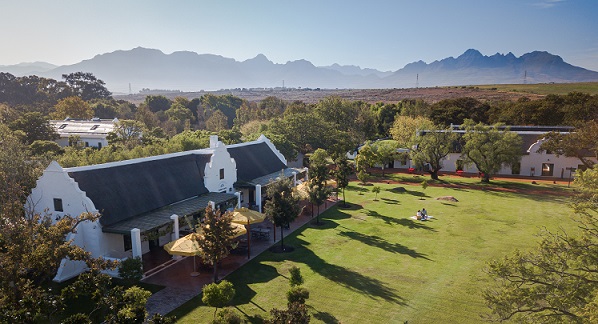
This full-bodied, rich, perfumed Cab comes from a single vineyard with a great view. The grapes are grown on the last farm before the peak of the majestic Helderberg, on the southern side of Stellenbosch. The 16-year-old vines are located 7km from the False Bay coast and between 270 and 300m above sea level.
The name of the range pays homage to the 21 architecturally significant gables on the historic winery (above).
The small berries were handpicked into 10kg crates and chilled to 10˚C before going on to a vibrating table on the way to the destemmer and optical sorter. Only the best coloured and sized fruit go into the stainless-steel fermenters.
After the fermentation there is extended skin contact for 15 days (sometimes up to three weeks, depending on the taste). This tank is topped up from a second tank, with the remainder of that wine pressed and sent to barrels for MLF.
After the extended maceration, the free-run is pumped into 70% new French oak barrels. It stays there, on lees without any further racking, for 26 months.
The final wine is a blend of the best barrels.
Alc: 13.69%
TA: 5.4g/L
RS: 3.1g/L
pH: 3.62
Winemaker: Johan Jordaan
Creative Block 5 2019
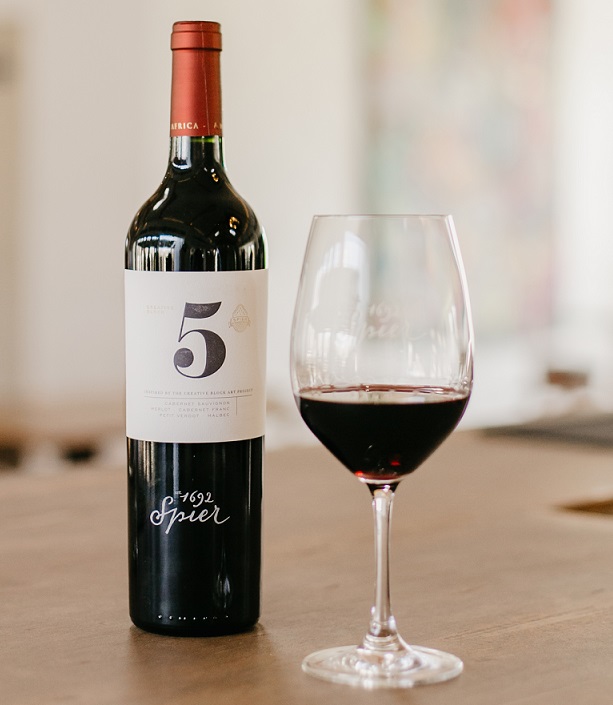
This wine, sold in 42 countries, is a blend of five grapes: Cabernet Sauvignon (42%), Merlot (32%), Petit Verdot (11%), Cabernet Franc (11%), and Malbec (4%). All from the Stellenbosch region.
The grapes come from 15- to 18-year-old vines situated up to 20km from the cooling Atlantic Ocean.
The grapes are hand-harvested, pre-cooled, destemmed and individually sorted. Fermentation takes place in stainless-steel tanks for up to 21 days. MLF and maturation are in 300L French oak barrels for 18 months (50% first fill; the balance second fill). So, there’s less oak and a shorter maturation time for this wine, compared to the 21 Gables Cabernet Sauvignon.
The five varieties are made separately “to address the unique needs of each varietal so that each could reach its highest potential”.
Tastings from the barrels determine the composition of the final blend. The aim is to achieve “the ultimate balance between fruit, palate volume, oak extract and tannin – all without losing each varietal’s innate quality and unique sense of place”, the company states.
Alc: 14.39%
TA: 5.7g/L
RS: 2.1 g/L
pH: 3.63
Winemaker: Johan Jordaan


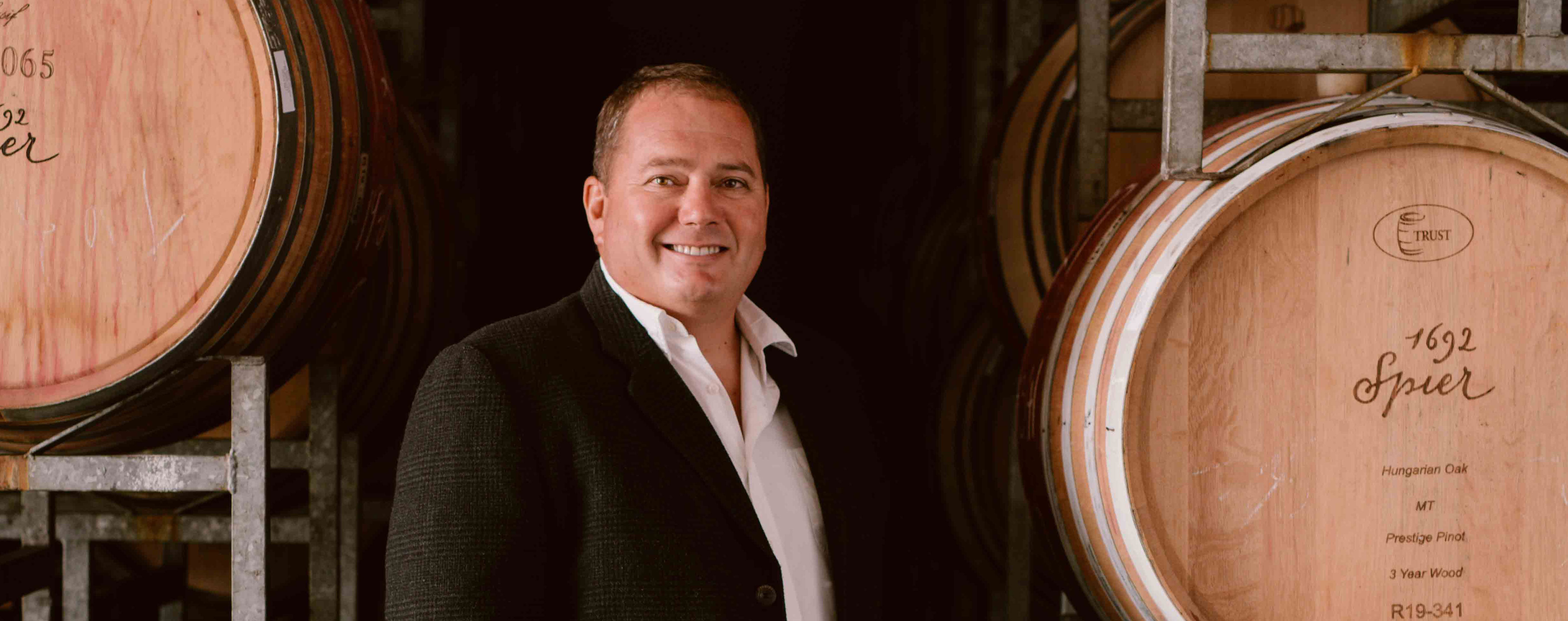










.png)






